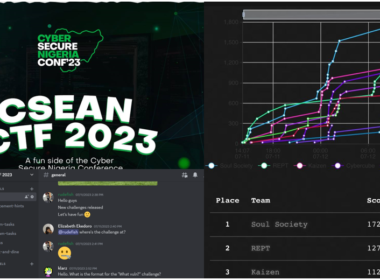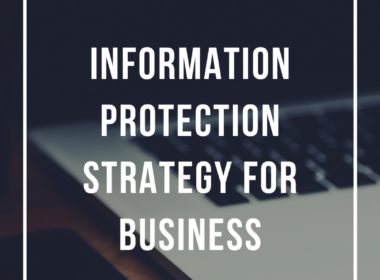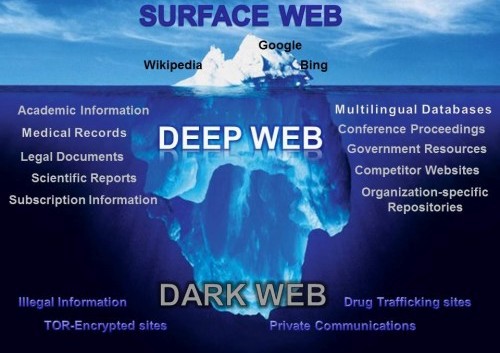Defining the Dark Web
The dark web is the hidden collective of internet sites only accessible by a specialized web browser. It is used for keeping internet activity anonymous and private, which can be helpful in both legal and illegal applications. While some use it to evade government censorship, it has also been known to be utilized for highly illegal activity.
What is the Dark Web,Deep web,and Surface Web?
The Internet is sizable with millions of web pages, databases, and servers all running 24 hours a day. But the so-called “visible” Internet (aka surface web or open web) — sites that can be found using search engines like Google and Yahoo — is just the tip of the iceberg.
There are several terms surrounding the non-visible Web, but it’s worth knowing how they differ if you are planning to browse off the beaten path.
The Surface Web or Open Web
The open web or surface web is the “visible” surface layer. If we continue to visualize the entire web like an iceberg, the open web would be the top portion that is above the water. From a statistical standpoint, this collective of websites and data makes up under 5% of the total internet.
All commonly public-facing websites accessed via traditional browsers like Google Chrome, Internet Explorer and Firefox are contained here. Websites are usually labelled with registry operators like “.com” and “.org” and can be easily located with popular search engines.
Locating surface web websites is possible because search engines can index the web via visible links (a process called “crawling” due to the search engine travelling the web like a spider).
The Deep Web
The Deep Web rests below the surface and accounts for approximately 90% of all websites. This would be the part of an iceberg beneath the water, much larger than the surface web. In fact, this hidden web is so large that it is impossible to discover exactly how many pages or websites are active at any one time.
Carrying on with the analogy, big search engines could be considered like fishing boats that can only “catch” websites close to the surface. Everything else, from academic journals to private databases and more illicit content, is out of reach. This deep web also includes the portion that we know as the dark web.
While many news outlets use “Deep Web” and “Dark Web” interchangeably, much of the deep portion as a whole is perfectly legal and safe. Some of the largest parts of the deep web include:
- Databases: both public and privately protected file collections that are not connected to other areas of the web, only to be searched within the database itself.
- Intranets: internal networks for enterprises, governments, and educational facilities used to communicate and control aspects privately within their organizations.
In case you are wondering how to access the deep web, chances are you already use it daily. The term “deep web” refers to all web pages that that are unidentifiable by search engines. Deep web sites may be concealed behind passwords or other security walls, while others simply tell search engines to not “crawl” them. Without visible links, these pages are more hidden for various reasons.
On the larger deep web, its “hidden” content is generally cleaner and safer. Everything from blog posts in-review and pending web page redesigns, to the pages you access when you bank online, are part of the deep web. Furthermore, these pose no threat to your computer or safety at large. Most of these pages are kept hidden from the open web to protect user information and privacy such as:
- Financial accounts like banking and retirement
- Email and social messaging accounts
- Private enterprise databases
- HIPPA sensitive information like medical documentation
- Legal files
Venturing further into the deep web does bring a bit more danger to the light. For some users, portions of the deep web offer the opportunity to bypass local restrictions and access TV or movie services that may not be available in their local areas. Others go somewhat deeper to download pirated music or steal movies that aren’t yet in Theaters.
At the dark end of the web, you will find more hazardous content and activity. Tor websites are located at this far end of the deep web, which is deemed the “Dark Web” and are only accessible by an anonymous browser.
Deep Web safety is more relevant to the average internet user than Dark Web safety… as you could end up in dangerous areas by accident. Many portions of the Deep Web can still be accessed in normal internet browsers. This is how users can travel through enough tangential pathways and end up on a piracy site, a politically radical forum, or viewing disturbingly violent content.
The Dark Web is darker than what floods of lighting can illuminate. It is so dark that one cannot differentiate the Umbra and Penumbra of its paths. One thing is absolutely certain…In the Dark Web…your imprints do not go unnoticed.







